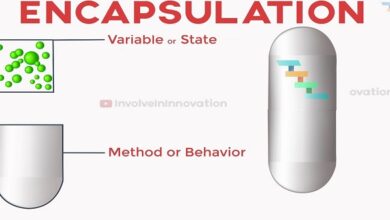
Anticipating and Addressing Need
Anticipating and addressing customer needs is something that electronics manufacturers strive to address. That’s understandable for products that are inherently complex, but other businesses can learn lessons from the varying levels of support that companies such as Sony provide on their website. Better yet, that support is surrounded by content.
For each product Sony sells, there are 10 different paths customers can take on the Sony website to address their support needs:
- Download drivers.
- Download software.
- Get answers to FAQs (frequently asked questions).
- Read news and alerts.
- Watch automated tutorials.
- Get information about how to obtain a repair.
- Use a contact link for reaching support personnel.
- Register a product.
- Shop in the Sony store.
- Visit the user forum.
Sony and Dell have done an excellent job of anticipating customer needs and creating content to address the needs of multiple customer segments. Not only is the support based on user type (are you an individual or a huge corporation?), but the navigation and information architecture also enable users to self-serve and zero in on the type of content they prefer. You may want to read a manual. You might plan to download a PDF, while I prefer to absorb that knowledge by watching a video. Sony knows this and offers various content alternatives
Create Feedback Mechanisms
Occasionally, there’s a company that actually encourages customers to contact them. Zappos has built a successful business on exactly this high-touch model. If you mouse over Help in the Zappos navigation bar, the call-to-action is a highly unusual Talk to Us pop-up. This pop-up encourages customer calls, emails, and live chats. However, even the Talk to Us pop-up links to a fairly extensive FAQ page that contains plenty of text content addressing the questions that Zappos phone reps are used to answering
Creating One-on-One Communication
The final step in addressing customer service–oriented content is one-on-one communication. No matter how good, how thorough, how many channels, and how multimedia-driven your customer service content is, your organization is going to have to talk to, email, tweet, or otherwise address service concerns individually. It’s private communication, but these days even private communication between companies and customers frequently comes into the spotlight. Customers have become as eager to “review” customer service in public forums as they are accustomed to reviewing their latest purchase on Amazon. Customers are also eager to vent customer service complaints in public forums such as Facebook and Twitter.
Last word
Eliason has since left the company, but @ComcastCares boasts more than 52,000 Twitter followers and counting. And the model has been imitated by companies large and small, in industries ranging from automotive (Ford) to financial services (American Express).




